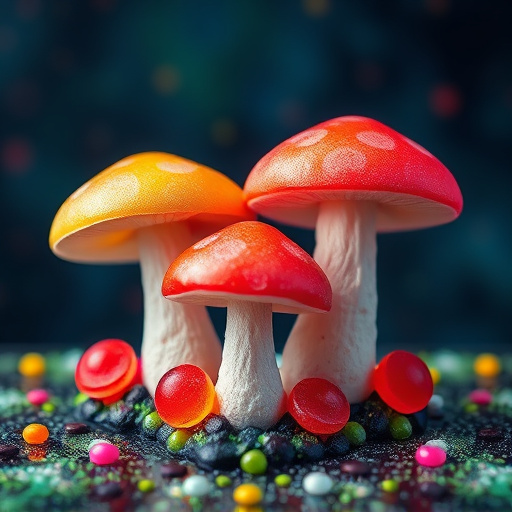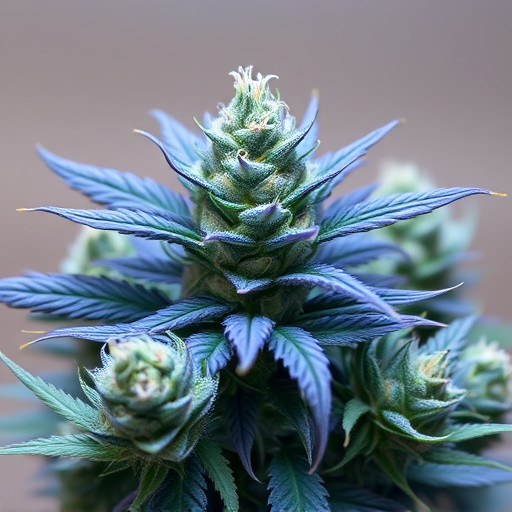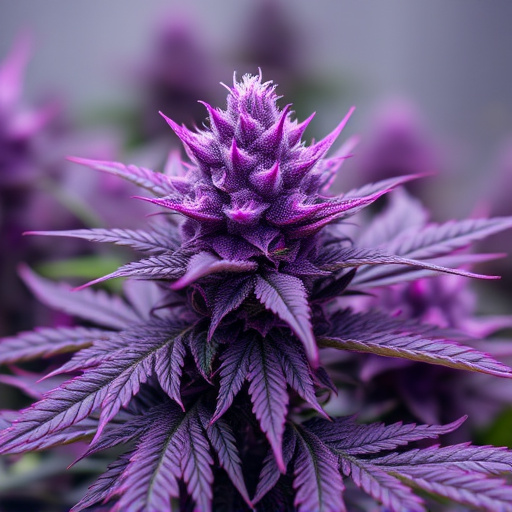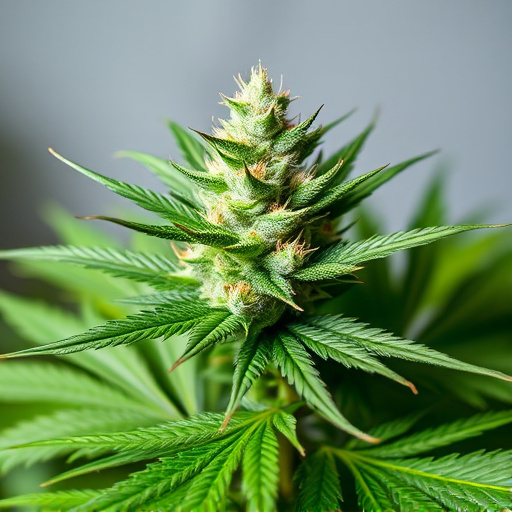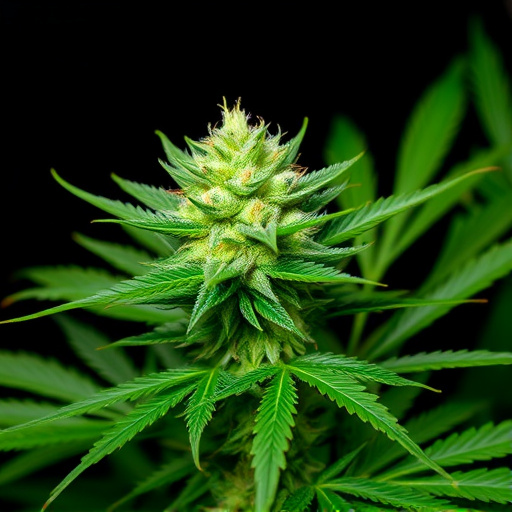Cannabis's impact on appetite, known as "munchies," is primarily due to tetrahydrocannabinol (THC) interacting with the endocannabinoid system. High-THC strains, considered among the best cannabis strains in the world, significantly stimulate hunger through binding to brain's CB1 receptors. Other compounds like cannabidiol (CBD) may have contrasting effects. Terpenes such as myrcene, limonene, and pinene also contribute to appetite stimulation. Understanding these complexities allows for personalized cannabis experiences tailored to individual needs, balancing desired effects with responsible consumption.
In the ever-evolving landscape of cannabis appreciation, understanding the science behind the notorious ‘munchies’ is a fascinating journey. This phenomenon, where cannabis use stimulates an intense appetite, has intrigued researchers and users alike. Our article delves into this intriguing aspect, exploring how specific strains, renowned as some of the best in the world, trigger neurochemical processes that intensify food desires. By unraveling these mechanisms, we gain insights into both the pleasures and potential considerations of cannabis consumption.
- Understanding Cannabis and Appetite Stimulation
- The Role of Specific Cannabis Strains in Inducing 'Munchies'
- Unraveling the Neurochemical Processes Behind Food Desires Triggered by Cannabis Use
Understanding Cannabis and Appetite Stimulation
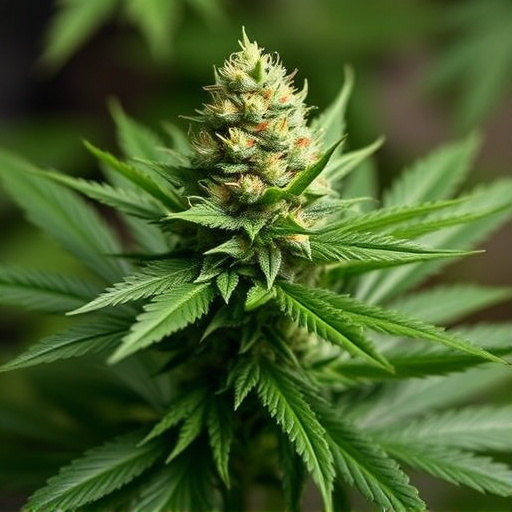
Cannabis has long been recognized for its impact on appetite, a phenomenon often referred to as the “munchies.” But what’s behind this effect? Scientific research points to specific compounds within cannabis, most notably tetrahydrocannabinol (THC), as the primary drivers. THC interacts with our endocannabinoid system, which plays a key role in regulating hunger and other bodily functions. This interaction can significantly stimulate appetite, leading to increased food intake.
While THC is often associated with these effects, other compounds in cannabis, such as cannabidiol (CBD), may have contrasting influences. Some of the best cannabis strains in the world are renowned for their balanced profiles, offering potential benefits without overwhelming appetite stimulation. Understanding these complexities reveals a more nuanced relationship between cannabis and our bodies, paving the way for tailored experiences based on individual needs and preferences.
The Role of Specific Cannabis Strains in Inducing 'Munchies'
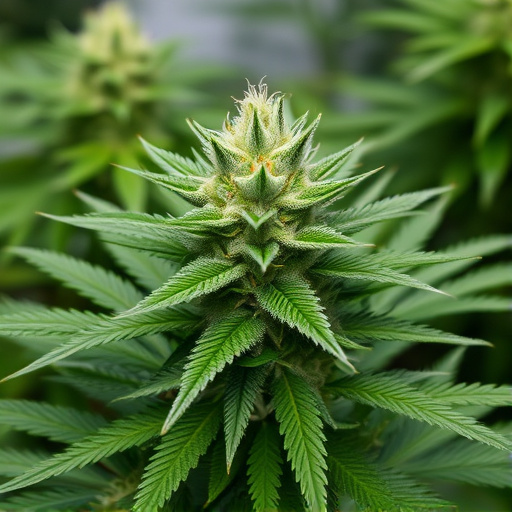
The phenomenon known as “munchies,” or the intense hunger that often accompanies cannabis use, is closely linked to specific compounds within the plant itself. Cannabis contains various chemical compounds, including tetrahydrocannabinol (THC) and cannabidiol (CBD), which interact with our endocannabinoid system, influencing appetite and other physiological functions. Among the best cannabis strains in the world, those with higher THC content are renowned for their ability to induce a strong munchies effect, as THC is known to stimulate hunger and increase food intake.
However, it’s not just about THC levels; certain strains also contain terpenes, aromatic compounds that can enhance or alter the effects of cannabinoids. Certain terpenes like myrcene, limonene, and pinene are associated with appetite stimulation and may contribute to the munchies experience. As such, cannabis enthusiasts often seek out specific strains known for their potent effects and unique terpene profiles, aiming to maximise the likelihood of indulging in a memorable culinary adventure post-consumption—a true celebration of the science behind the munchies.
Unraveling the Neurochemical Processes Behind Food Desires Triggered by Cannabis Use

The neurochemical processes behind food desires triggered by cannabis use are a complex interplay of various brain regions and neurotransmitters. When an individual consumes cannabis, particularly the best cannabis strains in the world known for their high THC content, it interacts with the endocannabinoid system (ECS). This system plays a crucial role in regulating appetite, pleasure, and memory, among other functions. One key component is the binding of tetrahydrocannabinol (THC) to cannabinoid receptors, primarily CB1 receptors located in the brain’s reward center, leading to increased hunger sensations.
These effects can be particularly pronounced in individuals who have recently fasted or are under stress. The interaction between cannabis and the ECS not only enhances taste perception but also alters the way the brain processes signals of hunger and satisfaction. Research suggests that this neurochemical cascade can lead to an intense craving for specific types of food, often referred to as the “munchies.” Understanding these mechanisms is essential in exploring potential therapeutic applications while also underscoring the importance of responsible cannabis consumption.
In understanding the science behind the munchies, we’ve explored how cannabis interacts with our neurochemicals to stimulate appetite. Specific cannabis strains known as some of the best in the world play a significant role in inducing these cravings. While the ‘munchies’ have long been a topic of interest, ongoing research continues to reveal the complex interplay between cannabis consumption and food desires. By unraveling these processes, we gain insights that can foster both responsible use and innovative treatments for conditions where appetite stimulation is beneficial.


